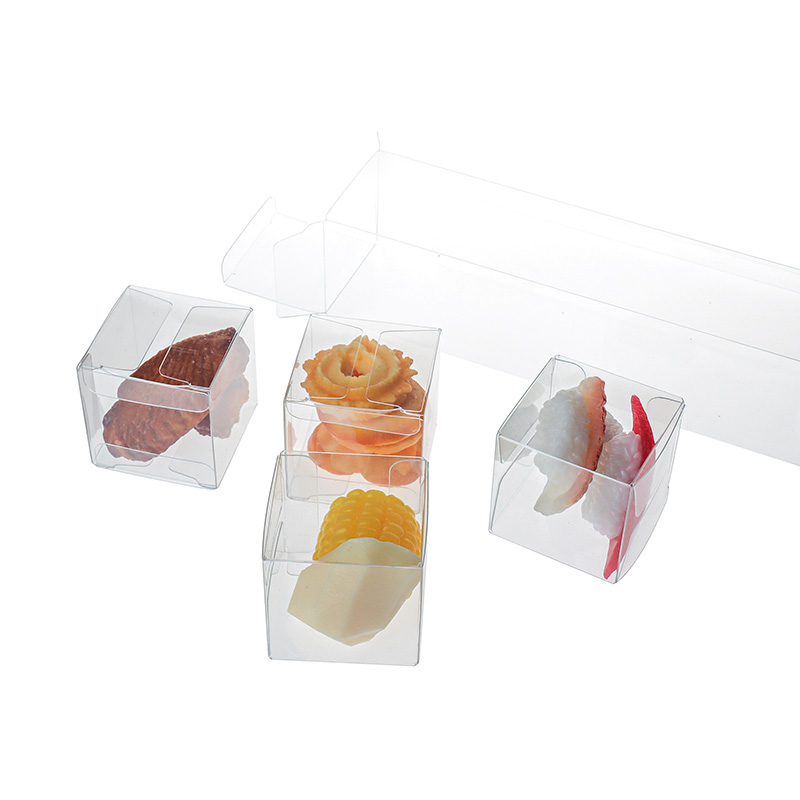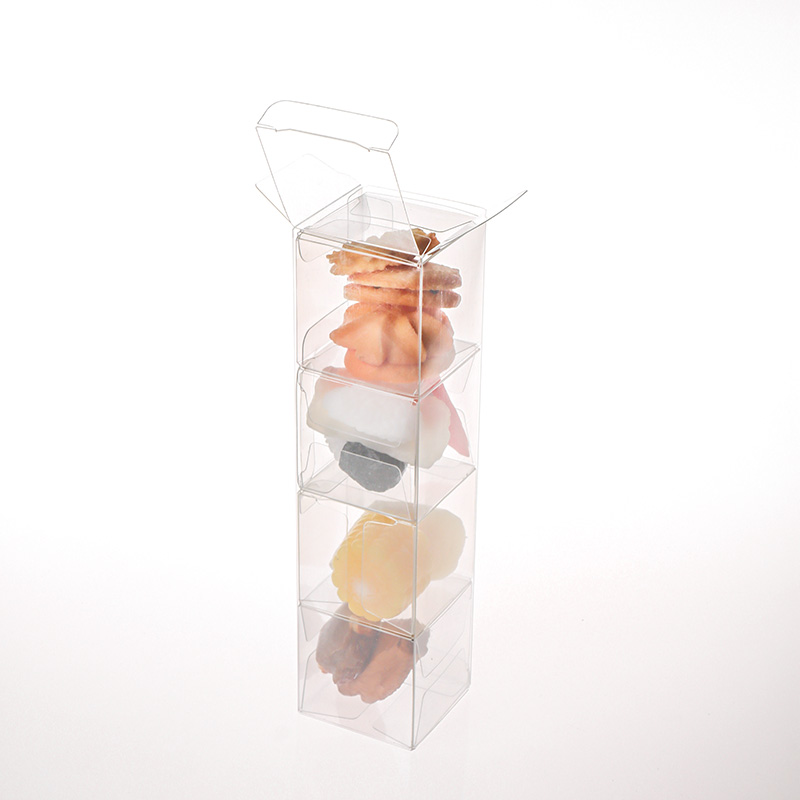Introduction to tube food packaging and its importance
Tube food packaging refers to collapsible packages that can be used for viscous liquids such as toothpaste, artist's paint, adhesive, and food products. These packages are designed to be an effective barrier against contaminants, such as bacteria and oxygen, which can spoil the food and affect its freshness and flavor. The clear body of the tube packaging allows customers to see the food directly, judge its quality, and get attracted. Paper tube food packaging is a popular option for food products as it is safe for food packaging and can be customized to fit the product.

The importance of clearing tube food packaging cannot be overstated. Unclean packaging can lead to health risks associated with contamination, such as the growth of harmful bacteria and the introduction of foreign substances into the food. Plastic is unsafe for packaging food as the inner lining can react with the contents and contaminate it. Additionally, putting stress on plastic food containers by washing them in the dishwasher or with rough scrub brushes can lead to wear and tear and create risks of contamination. Therefore, it is essential to clean and sanitize all accessible channels and external surfaces of the tube packaging to remove all organic and other residue.
Clean packaging is not only important for the health and safety of consumers but also for the environment. Using recycled packaging waste to create new food packaging can increase the number and level of chemicals that can then migrate from the packaging into foods. Therefore, it is crucial to ensure that the recycled feedstock is of high quality and does not contain any chemicals of concern[11]. Anchored in the importance of avoiding contamination and improving the quality of recycled feedstock, it is necessary to work through the technical recyclability of packaging materials for food applications. In conclusion, clearing tube food packaging is not only essential for the health and safety of consumers but also for the environment.
Steps to Clear Tube Food Packaging
The first step in clearing tube food packaging is to disassemble the packaging. This involves removing any caps, lids, or other components that may be attached to the packaging. By disassembling the packaging, you can gain access to the interior of the tube, making it easier to clean thoroughly. This step is particularly important for packaging that has been used multiple times, as residual food particles may be trapped inside and difficult to remove.

Once the packaging has been disassembled, the next step is to clean the exterior of the packaging. This can be done using a damp cloth or sponge and a mild detergent. It is important to avoid using abrasive cleaners or scrubbers, as these can damage the packaging and leave scratches or other marks. After cleaning, the packaging should be rinsed with clear water and dried thoroughly.
After cleaning the exterior, the next step is to clean the interior of the packaging. This can be done using a brush or other cleaning tool, along with a solution of bleach and water. The interior should be scrubbed thoroughly, paying particular attention to any areas where food particles may be trapped. After cleaning, the packaging should be rinsed with clear water until no traces of bleach or cleaning solution remain. This step is crucial for ensuring that the packaging is free of any harmful bacteria or other contaminants. In conclusion, clearing tube food packaging involves disassembling the packaging, cleaning the exterior, and cleaning the interior thoroughly. By following these steps, you can ensure that the packaging is free of any harmful bacteria or other contaminants, making it safe to use for storing and transporting food products.
Tips for Maintaining Clean Tube Food Packaging
Maintaining clean tube food packaging is essential to ensure the safety and quality of the food. One of the most crucial tips for cleaning tube food packaging is to use proper cleaning agents. It is recommended to use cleaning agents that are capable of removing visible organic and inorganic residues. For proper plastic disinfection, wash the plastic with anti-bacterial dish soap and hot water. However, it is important to avoid using abrasive materials that can scratch the surface of the tube. The use of lacquer thinner, denatured alcohol, and CFS-3000 (a terpene-based solvent) is also recommended. These cleaning agents are effective in removing stubborn stains and ensuring that the tube is thoroughly cleaned.
Another essential tip for maintaining clean tube food packaging is to establish a regular cleaning schedule. Integrating regular cleaning into your plant's schedule will ultimately make your life easier. Plus, routine cleaning can help prevent the buildup of dirt and bacteria, ensuring that the tube remains clean and hygienic. It is recommended to clean the tube after each use to prevent the accumulation of food residue and bacteria. A common method used to clean plastic containers is inversion and rinsing with pressurized, ionized air. This method is effective in removing dirt and bacteria from hard-to-reach areas.
Proper storage of tube food packaging is also crucial to ensure that it remains clean and hygienic. It is recommended to store the tube in a cool, dry place away from direct sunlight and heat sources. This will help prevent the growth of bacteria and mold. Additionally, it is essential to ensure that the tube is airtight to prevent the entry of bacteria and oxygen. Using packaging that reduces waste, such as clear plastic tubes that can be reused, can also be beneficial. By following these tips, you can maintain clean tube food packaging that is safe and hygienic for use in the food industry.
Verwandte Produkte





















